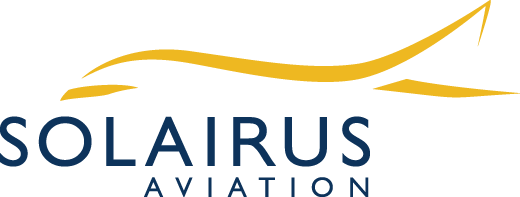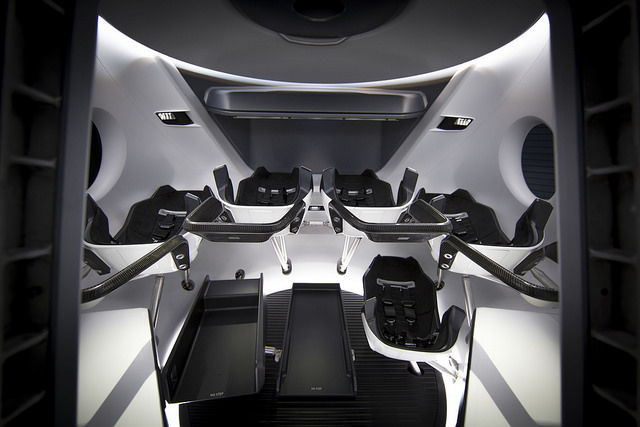In 1957, humans first ventured into outer space in Sputnik 1. Today, you don’t have to be genius scientist to have the privilege of spaceflight—you just need the right amount in your bank account (at least $25 million). Other than the thrill of floating in a zero gravity environment, the idea of commercial space travel is exciting because it will revolutionize private flights. Instead of spending 12 hours in a private jet to get halfway around the world, you’ll only spend a couple of hours in flight. In low-Earth orbit, the International Space Station circles the planet every 90 minutes. With companies like Virgin Galactic, XCOR Aerospace, Space Adventures, SpaceX and Waypoint 2 Space paving the way for commercial space flights, space travel will eventually be about more than affluent tourists looking for the ultimate adventure. It will forever change the meaning of flying private.
Space Training for the Layperson
Medical Qualifications
Astronauts are in great shape; they have to be to endure the physical pressures of extreme G-forces and weightlessness. In general, you must be healthy enough to pass strict physical exams (yes, there are more than one), be between 61 to 77 inches in height, and have a waist and chest that are no larger than 40 inches in circumference.
Some programs require you to have a current open water SCUBA certification. Since there aren’t medical clinics in space, you might also need to have a valid FAA Medical Certificate or participate in medical training sessions.
Theoretical Lessons and Simulations
To prepare for space, you will participate in several types of hands-on simulator trainings. Spacecraft training, for example, puts you behind the controls—from launch to touchdown—for up to 200 hours, depending on the program you choose. The training programs are harsh and intense, as a rocket is going to hurl you through the atmosphere without the comfort of a flight attendant. Undergoing the rigorous training will make you feel calmer on the day of your flight and make the experience more comfortable.
Training in a facility’s centrifuge allows you to experience up to six Gs, giving you insight into how your body will react to the extreme pressure that you’ll feel during the launch and re-entry phases of a trip. In general, training begins with about 2 Gs for up to 20 seconds—enough to make you blackout if you don’t use the anti-G straining techniques that you learn about in the classroom sessions. In centrifuge training, you’ll slowly work up to 6 Gs for several minutes.
Airline pilots, fighter pilots and astronauts undergo hypoxia training to prepare their bodies for low- or no-oxygen environments, like the Earth’s upper atmosphere or space. To prepare for this, you might train in a pressurized altitude chamber or a non-pressurized normobaric chamber. Similarly, you’ll also train in a pressurized spacesuit—learning how to put it on—in the event of de-pressurization in the spacecraft. The sub-orbital training sessions that many look forward include zero gravity flights that allow you to experience weightlessness for up to seven minutes.
Other training courses that you might receive include survival training about eating, drinking and personal hygiene in space, as well as scientific training, flight theory, navigation, orbital (EVA) training, and computer training. You may also receive teamwork training, as spaceflights are always a team mission. If you have the privilege of traveling to the International Space Station, you will undergo up to 150 hours of ISS simulator training to learn about the station’s layout and its basic operations.

